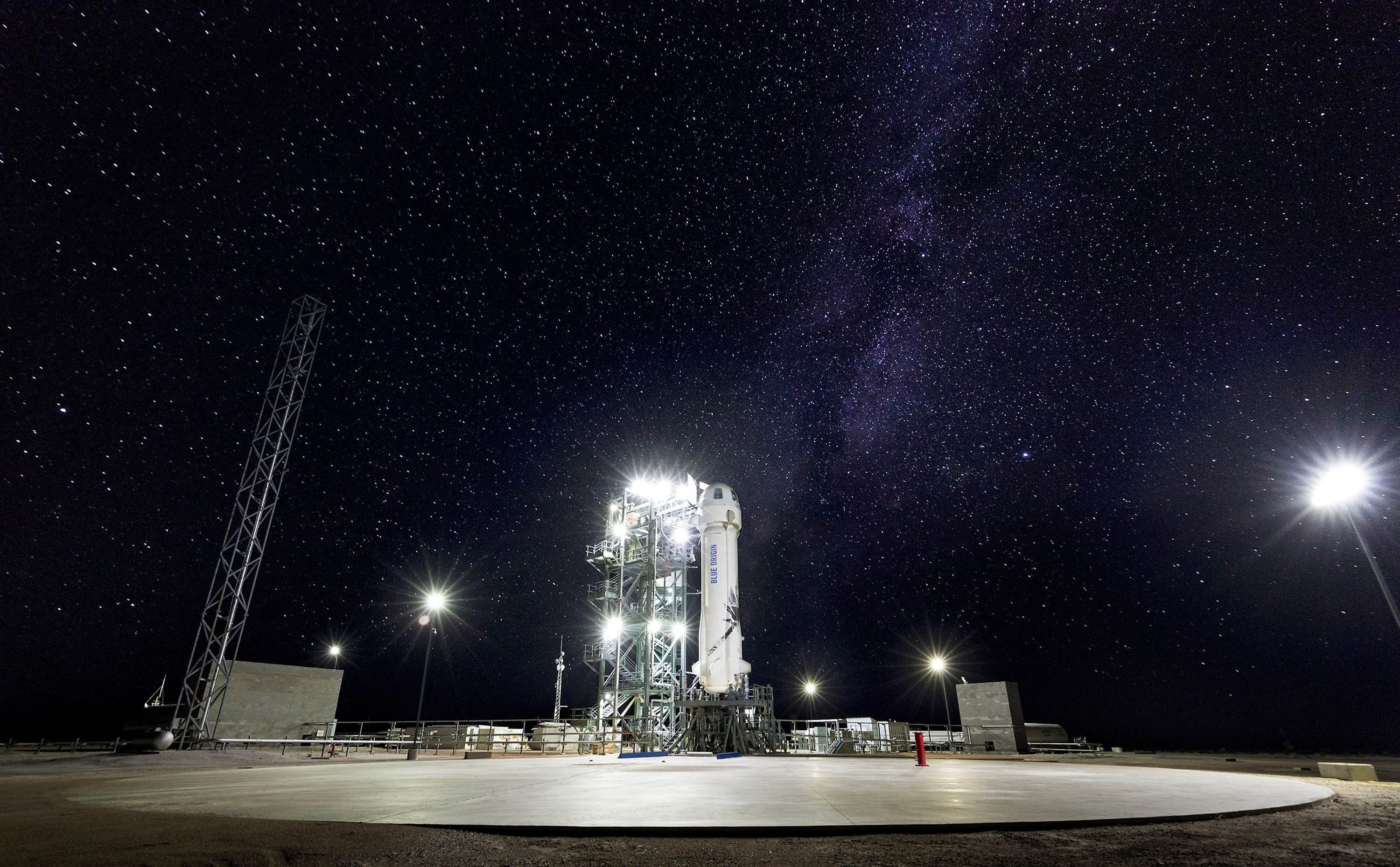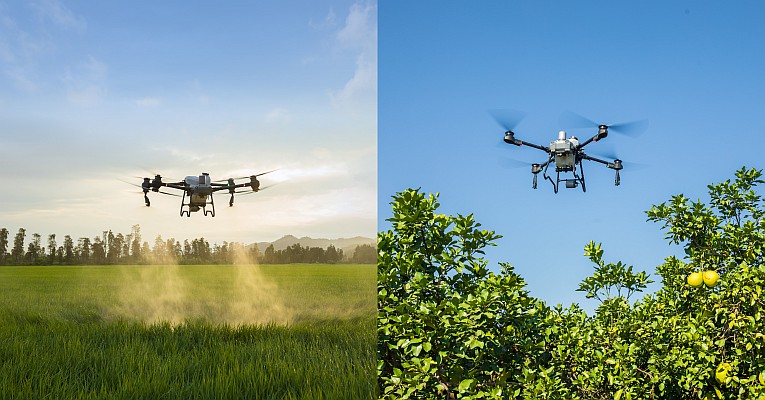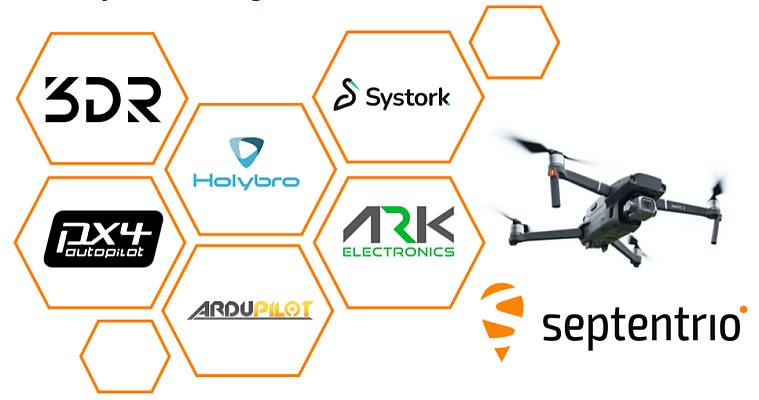NAVTEQ, the leading global provider of digital map, traffic and location data together with Nokia and automotive systems and components specialist, Magneti Marelli, are demonstrating for the first time technology which seamlessly integrates smartphones into an in-vehicle infotainment system. Once connected the full range of smartphone features, services and applications are available through the high resolution screens and audio systems embedded in the car. It also enables an information exchange between the smartphone and the car as well as information retrieval through GPS functionality.
Connectivity between the smartphone and the car may provide key information such as fuel levels and engine status and combined with GPS information from the smartphone or car, could enable location based services. These services might include the nearest petrol station with the day’s lowest prices or even offering an e-coupon for a free coffee if the driver chooses a particular station. In addition, ADAS*-based safety features may also be supported, for example, to warn drivers to slow down for an upcoming sharp bend. The integrated system mirrors the display of the smartphone on the larger screen and commands can be given either by voice, gesture, touch or traditional in car controls to enable ease of use.
"We are happy to be part of this new innovation and looking forward to the new opportunities this technology can bring," said Vesa Luiro, head of navigation development, Nokia. "The infotainment system of a modern car is a natural extension for the capabilities of smartphones. Not only will it simplify the use of turn-by-turn voice guidance from Ovi Maps, but also provide a new and easy way of accessing other content on the smartphone, such as music and delivering automotive specific widgets from the OVI Store."
"This collaboration offers Magneti Marelli the opportunity to make its know-how available for the integration of complex systems in the automotive field," stated Giuseppe Rosso, CEO of Magneti Marelli Electronic Systems. "In this case, through specific management of the vehicle’s infotelematic node, Magneti Marelli enables communication between the car – and more precisely between certain functions and data concerning the car – and the new generation of smartphone devices. So, by combining the capabilities and functions of consumer devices with the added value of a ‘graded’ automotive system embedded in the vehicle, the best possible system integration is provided, especially from the standpoint of ergonomics and safe use".
Connection from the mobile device to the infotainment system is made either via Bluetooth or USB cable which is a useful choice depending on the length of the journey. For a short distance the driver could leave the phone in a briefcase and connect wirelessly but for longer journeys, the smartphone battery can be preserved by connecting with a cable.
"We are pleased to connect the dots between the automotive and wireless world by enabling drivers to experience the best of both: that is, the benefits of NAVTEQ’s automotive grade quality maps and the convenience provided by the phone. This will allow drivers to access mobile applications conveniently and safely via a large, fixed screen and the car "hands-free" controls. This development takes us another step forward towards seamless navigation inside and outside of the car," commented Bruno Bourguet, senior vice president, EMEA, sales, NAVTEQ. "It moves the market nearer to mass adoption of navigation and provides the opportunity to bring mobile and location-based services to a completely new group of consumers."
This technology known as "Virtual Networking Computer layer" is in alpha phase and was developed in collaboration with Nokia Research Center, Palo Alto.
The NAVTEQ Technology Lounge at the IAA Exhibition Centre is in room: Prisma; Portalhaus Building (next to the West Entrance of Hall 11).
*ADAS – Advanced Driver Assistance System






